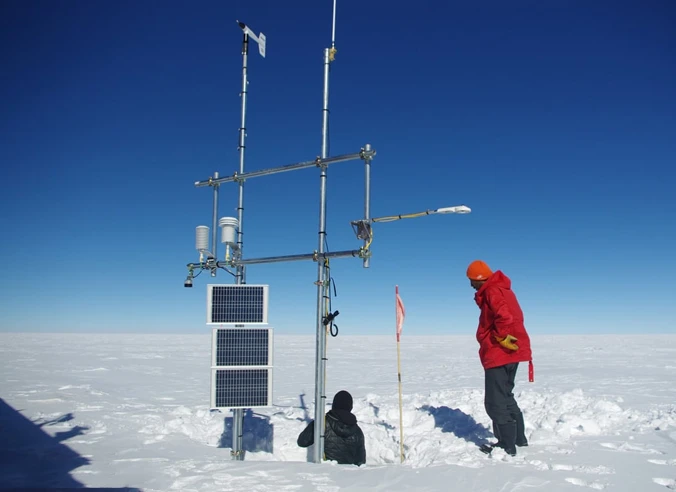The Hidden Downsides of Automatic Weather Stations: 7 Critical Limitations
The Hidden Downsides of Automatic Weather Stations: 7 Critical Limitations
Automatic weather stations (AWS) have revolutionized meteorological data collection, but they come with significant drawbacks that users must consider. Understanding these limitations ensures better decision-making for meteorological applications.
Key Disadvantages of Automatic Weather Stations
While AWS offer real-time data and automation, they suffer from several critical limitations that impact accuracy, reliability, and usability.
High Initial and Maintenance Costs
Automatic weather stations require substantial investment for installation, calibration, and ongoing maintenance, which can be prohibitive for small organizations or developing regions.
Sensor Calibration Drift
Over time, sensors may drift from their calibrated settings, leading to inaccurate readings. Regular recalibration is essential but often overlooked, resulting in compromised data quality.
Power Dependency and Failures
AWS rely heavily on continuous power sources. In remote or off-grid locations, power failures can halt data collection, creating gaps in weather records.
Limited Spatial Coverage
Single stations provide data only for their immediate vicinity. Microclimates or terrain variations may not be captured, limiting the representativeness of the data.
Vulnerability to Environmental Damage
Harsh weather conditions, such as storms or extreme temperatures, can damage exposed components, leading to costly repairs and data loss.
Data Transmission Issues
Wireless or satellite data links can experience interference or downtime, delaying or corrupting critical weather information.
Reduced Human Oversight
Fully automated systems lack the nuanced observations of trained meteorologists, potentially missing contextual anomalies that machines overlook.
Frequently Asked Questions
What is the biggest drawback of automatic weather stations?
The high cost of maintenance and susceptibility to sensor errors are among the top concerns.
Can AWS replace manual weather observations entirely?
Not completely; human expertise remains vital for validating data and interpreting complex meteorological events.
Conclusion and Next Steps
Despite their advantages, automatic weather stations have notable disadvantages of automatic weather station systems that require careful consideration. For those evaluating weather monitoring solutions, weighing these limitations against your specific needs is crucial.
Explore professional-grade alternatives and solutions today to ensure reliable weather data for your projects!
